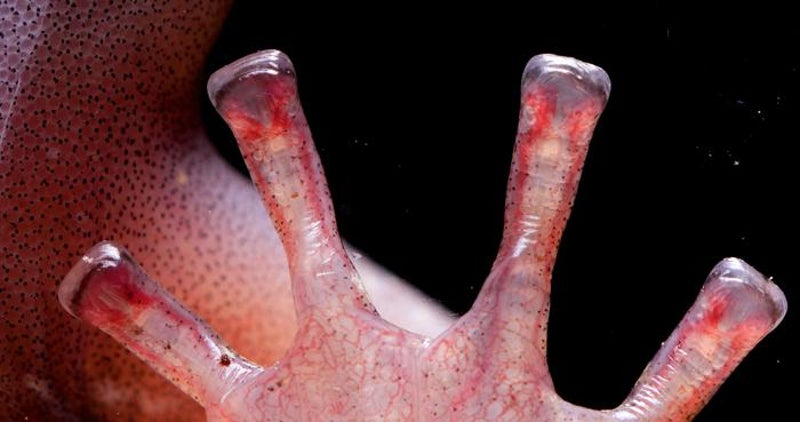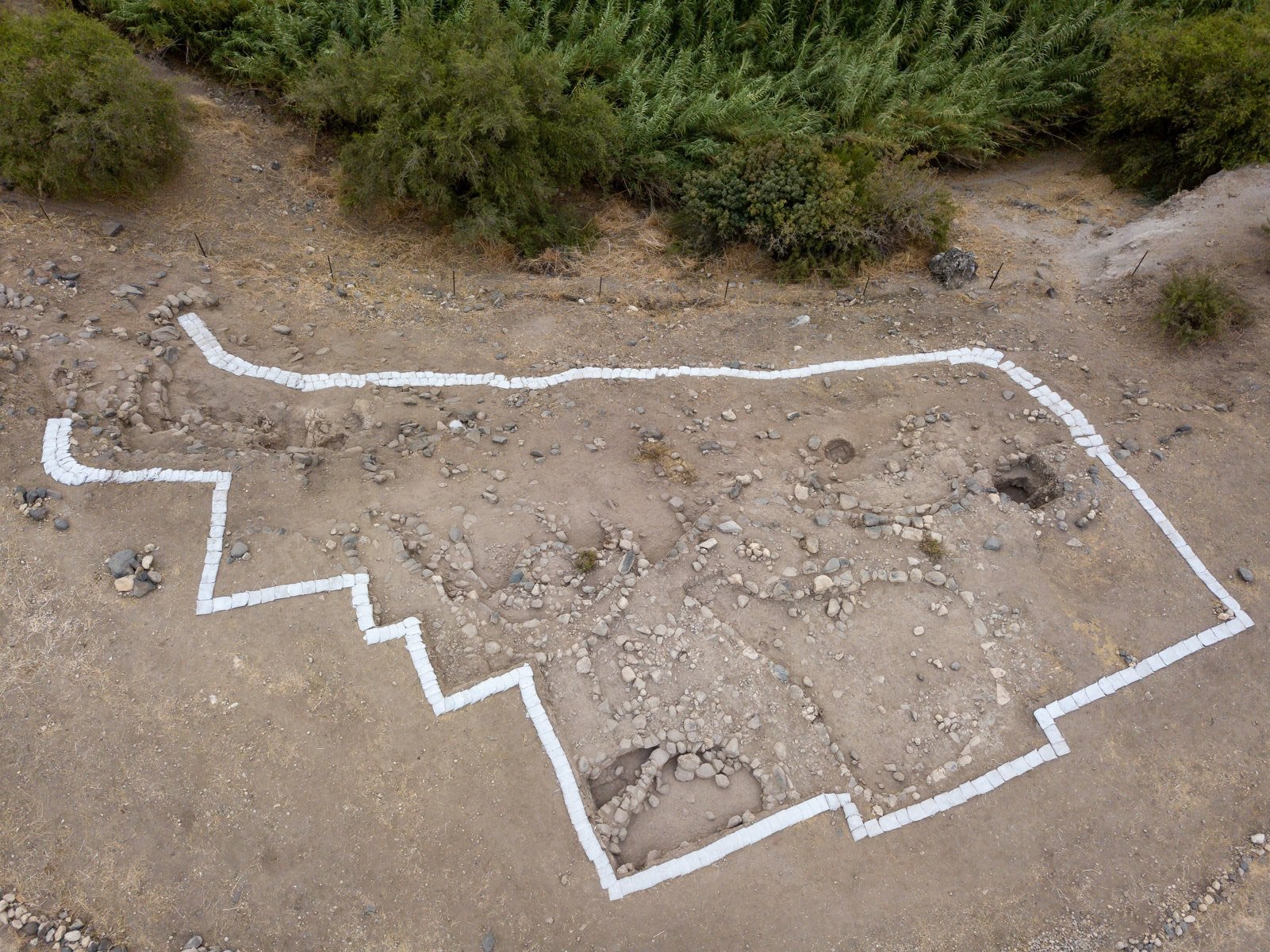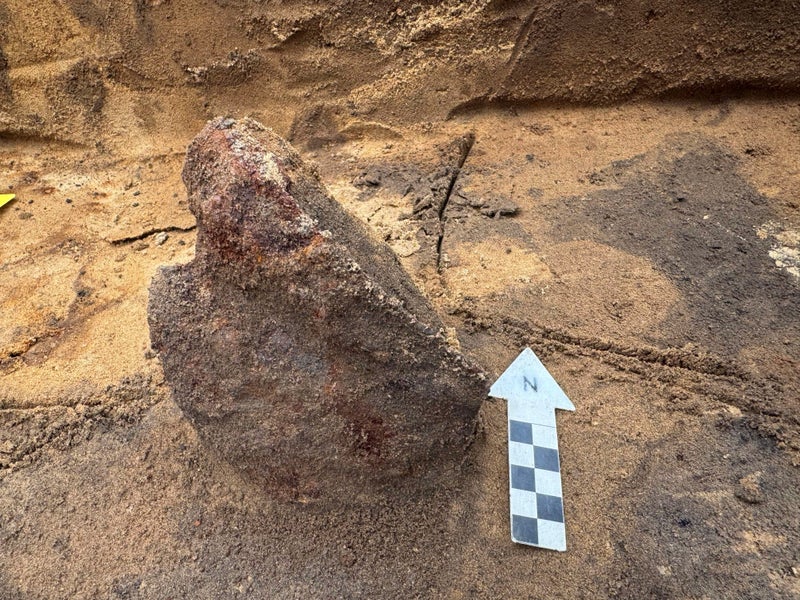Blood flow in the toes of wandering salamanders helps them to glide over the tops of redwood trees. Slippery salamanders glide mysteriously through the canopies of the world’s tallest trees. Now, scientists say they understand how the small skydivers are able to maneuver seamlessly across California’s coastal redwoods.
![[A wandering salamander, also known as Aneides vagrans , clings to a camera lens during a scientific investigation of their jumping, parachuting, and gliding behaviors. Other salamanders exhibit similar mechanisms that allow wandering salamanders to thrive in coastal redwoods]](https://static.independent.co.uk/2025/01/29/17/26/Low-Res_Wandering-Salamander-and-Camera.jpeg)
The answer might be surprising. Wandering salamanders can fill, trap, and drain the blood in their toe tips to help them easily attach and detach to the bark of the trees. Christian Brown, the lead author of new and related research and an integrative physiology and neuroscience postdoctoral researcher at Washington State University, first noticed it during filming for the NBC documentary The Americas. Bright red blood rushed to the creatures’ translucent, square-shaped toe tips before they took a step forward.
Using camera equipment from the production, high-resolution video helped the researchers to analyze the mechanism. Regulating blood flow, the authors said, allows the long-legged wandering salamanders to adjust pressure asymmetrically. Blood rushing in before the “toe off” helps them to detach.
And, by inflating the toe tip, the salamanders reduce the surface area in contact with the one they are on. That minimizes the energy they need to let go and parachute between branches. Flying squirrels, gliding frogs, geckos, ants and other insects are known to use similar aerial maneuvers, according to researchers at U.C. Berkeley.































